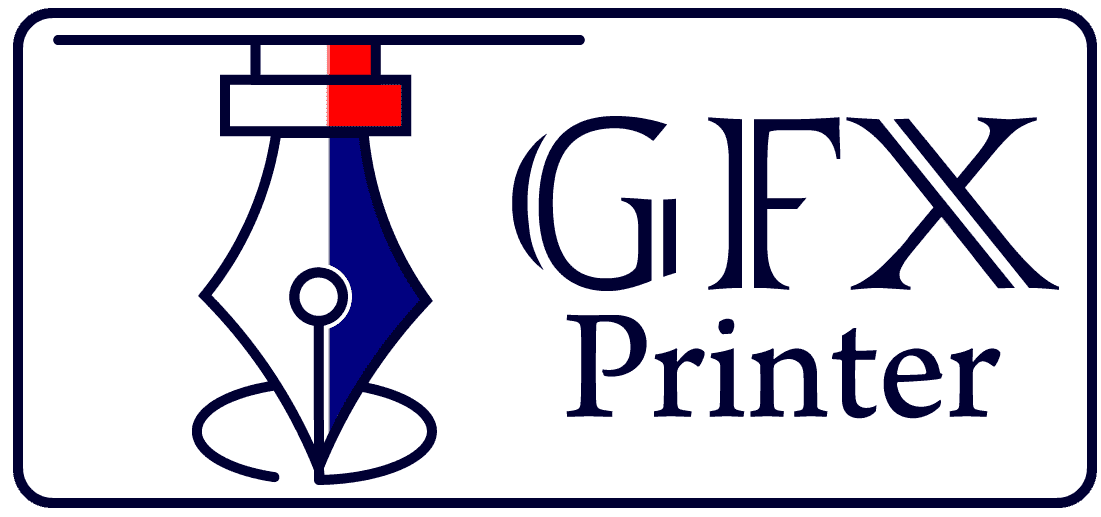A Complete Paper Guide
There are many options and materials available to consumers and businesses in the packaging industry today. It is entirely up to you how your package will look. Sometimes it is difficult to choose which paper to use when you have so many options available.
In order to create the perfect print marketing campaign, selecting the right paper type is a crucial first step. Choosing the right paper finish can convey emotions to the customer and help to tell your product’s story. Firstly, let’s look at the differences between the four most common paper finishes.
There is one thing you should know about uncoated, gloss, matte, and UV Gloss paper: it depends on how much coating is used on the paper.
Let’s get started!
What type of paper is best for your business?
In the world of printing, there are so many combinations and options to choose from that choosing the right choice can make or break the success of your project. Here are the four main types of paper us
Uncoated Paper
This type of paper has no extra coating or finishing, so it is the same as it sounds. A surface that does not have a coating, so it does not have glare. It is, therefore, a good choice for prints with lots of reading or text materials.
This paper is most porous since there is no coating. So, this finish gives the best results for smudge-free writing compared to the other finishes. There is no coating on any of the bond paper stock. Below are some examples of printing on uncoated paper at an affordable price;
- Color copies
- Letterheads
- Black and white copies
- Business documents
- Flyers etc.
Gloss Paper
In comparison with other papers, glossy paper provides a high level of color range and contrast. This coating is an excellent choice for full-color images that need colors to stand out.
If you want to show off the color on marketing materials or in any other kind of print, this coating gives them a very nice finish and an elegant look. You can finish your work in a professional manner with this paper type.
Everything you give your clients must be able to convey the level of service you will offer. Therefore, this quality must be visible to them. There are some examples that use gloss paper;
- High-quality advertisement
- Brochures and flyers
- Posters
- High-quality photographs
- Covers for magazines and brochures
Matte Paper
A light coating on matte paper enhances contrast and reduces glare. An uncoated sheet has a rougher texture, while a matte sheet has a smoother finish compared with glossy sheets.
It is good to use matte sheets to enhance more subtle designs and set in fewer colors so the matte coatings don’t have much glare. Unlike glossy coatings, matte coatings do not smear pen ink. Examples of the matte paper include;
- Journals
- Calendars
- Photo books
UV Gloss Coating
UV gloss coatings make images stand out more brightly. The gloss boosts color contrast and brings those bright colors to life to an even greater extent than regular glosses. It’s not a paper type, unlike the other choices.
In other words, gloss or matte paper is coated with an additional layer in the printing process. Paper types with a text finish cannot be glossed with UV.
If you would like the extra glossy coating added to your prints, make sure to use Cover stock paper. Using a UV coating prevents smudging and marking on the product.
Moreover, its exceptionally hard finish ensures that it retains its highly credible, premium look. Chemical and scratch resistance are two of the benefits of this coating. Examples of this coating include;
- Magazine printing
- Catalog printing
- Hand-out sheets
- Presentation folders
- Business cards
What is Thickness, GSM, or Weight?
The printing industry can measure a paper’s thickness in several ways. Here are some metrics you’ll see when it comes to paper weight/thickness:
- GSM (Grams Per Square Meter)
- lb (pounds)
- Mic (microns)
- pt (points)
All over the world, the GSM unit is the most widely used unit to measure paper thickness. Hence, it’s essential to know the terms used in packaging orders.
A paper’s weight is measured in grams per square meter (GSM), sometimes referred to as g/m2. So, it indicates how much paper weighs when measured in square meters size.
In general, heavier and thicker paper with a higher GSM rating will be stiffer and denser. Paper that has a lower GSM number will weigh less.
A brief overview of paper weights and their uses
The terms used to describe paper thickness and weight may seem confusing and overwhelming, but don’t you worry! Let’s explore this in more detail.
Thin paper stock
Below is a scale showing the paperweights and typical uses of thin paper stock.
55gsm
This type of thin paper stock is ideal for NCR pads.
80 – 100gsm
Perfect paper stock for use on a regular basis, like manual or notebook pages, auto-seal envelopes, and stickers.
100 – 125gsm
It is most commonly used in business documents, letterheads, and mailings.
130 – 170gsm
This paper has a high demand for menus, brochures, flyers, and the inside of booklets and catalogs.
170 – 200gsm
It is thicker paper, more durable, and ideal for flyers and posters of higher quality, takeout menus, coupons, and tickets.
Thick paper stock
The following scale shows the thickness and typical uses of thick paper stock.
250 – 300gsm
The cover pages of booklets and catalogs, greeting cards, and wedding cards often use this paper stock weight.
300 – 400gsm
A standard business card, presentation folder, table tent, menu, or postcard usually uses this stock weight.
400 – 550gsm
It’s used for postcards, door hangers, thick business cards, and tags because it’s thicker and more luxurious.
